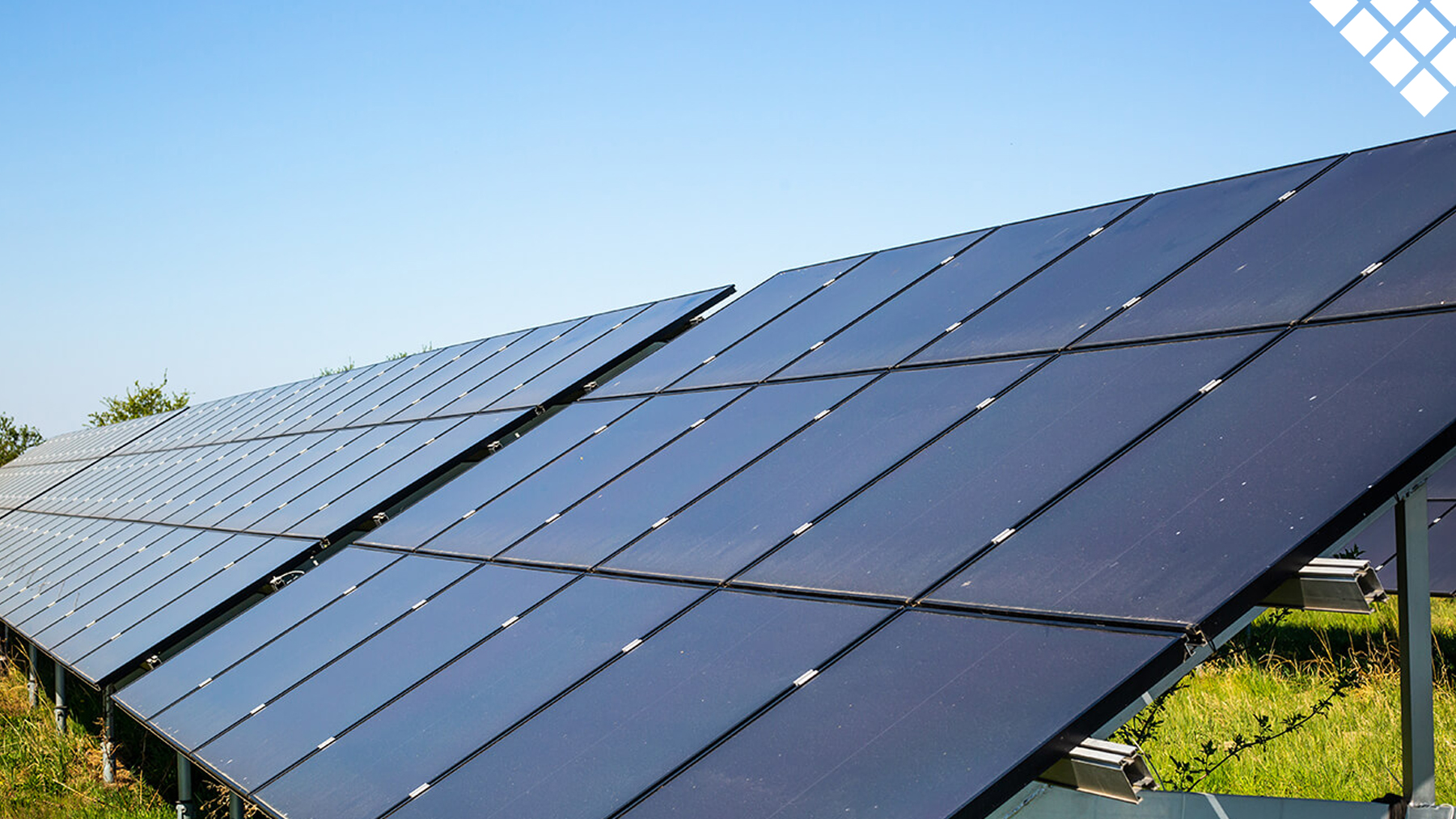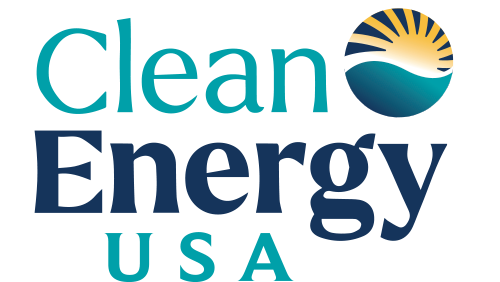
Running Costs & Maintenance for Commercial Solar
If you’re already a solar customer or considering installing panels on your commercial property, there’s good reason to feel hopeful about your investment (or potential investment).
The most obvious reason is that solar is now considered one of the least expensive forms of energy in the world, and prices continue to decline. One analysis found the cost of renewables, including solar, continues to decrease “significantly” year over year—making it more cost efficient to install, especially when combined with government incentives and other promotions.
Improved photovoltaic technology also means that panels require little hands-on maintenance throughout the year, enabling them to operate efficiently for the lifetime of the panels—typically between 25 and 30 years.
For commercial property owners, the prospect of saving significant amounts of money year after year in utility costs was probably the motivation for transitioning to solar. Still, we understand it’s fair to wonder about the process of maintaining panels, and how much that could cost you in the long run. Let’s walk through the advantages of photovoltaic technology and explain why it requires relatively little maintenance.
Maintenance for Commercial Solar Panels
Let’s assume you’re considering switching to solar technology and wondering if you must regularly hire a crew to conduct basic maintenance or clean your panels, especially after some nasty weather.
The good news is that panels mostly stay fresh all on their own—even after relatively heavy snowfall. Precipitation actually helps clean panels by removing debris that may accumulate over time. That’s because the slant of most roofs—or the angled design of your system on a flat roof—ensures anything resting on the panels eventually falls off. In effect, Mother Nature and the laws of gravity do most of the work when it comes to maintaining solar panels.
On a related note, Delaware receives about 40 inches of precipitation annually, which works in your favor. And if you’re concerned about the winter months—and snow, in particular—our advice is simple: Don’t be. The panels absorb heat from the sun, which helps melt accumulated snow, reducing the chances of heavy snow or ice atop them for an extended period. And to many people’s surprise, photovoltaic panels actually work more efficiently in lower temperatures, which should help alleviate any concern you may have about certain weather-related issues.
Solar is now considered one of the least expensive forms of energy in the world, and prices continue to decline.
For added protection, our designers install a pest-deterrent wrap on our panels that prevents unwanted critters—birds, four-legged creatures, or otherwise—from nesting underneath your system.
If you’re ever in the need of professional maintenance, it’ll likely be because your panels are not working as efficiently as they had, which could be for any number of reasons. Reputable solar companies typically offer warranties that would cover most, if not all, of the costs associated with routine maintenance to ensure your system is working as intended. It’s important to always contact your solar contractor to ensure you’re properly utilizing the benefits outlined in the warranty.
Running Costs of Commercial Solar Panels
Whether you’re already taking advantage of the benefits of solar or considering making the switch, it’s never a bad idea to be reminded of the myriad cost benefits associated with solar energy.
To start, commercial property owners in Delaware can receive up to $30,000 in grants from the state to help with the installation costs. When combined with other incentive programs, including at the federal level, your installation costs are significantly reduced. Meanwhile, 25 percent of the cost of the system can potentially be covered by USDA REAP grants, and an accelerated depreciation schedule all help with the installation costs.
After installation, it won’t be long before you begin to notice just how much you’re saving compared to traditional energy use. The average utility bill for a commercial entity in Delaware ranks above the national average, so your system will go a long way toward reducing that hefty financial burden. Energy derived from the sun also can help you gain credits through Delaware’s net metering program—credits that go toward future bills.
As for the running costs of maintaining solar panels, that may all come down to your warranty. Traditional manufacturers’ warranties last between 10 to 25 years, and may also cover accidental damages to panels, including those caused by hazardous weather. But remember: Modern solar panels are built to last and are durable enough to handle most weather events that occur in Delaware. In fact, our panels are tested with hail up to 25mm at 80km/h to ensure durability.
For most commercial solar customers, the cost of maintaining solar panels is negligible, especially when you consider the savings produced by the panels in the first place. But it’s never a bad idea to familiarize yourself with your warranty, which can serve as a guide if and when you experience any issues with your system.
At the end of the day, government incentives and the cost savings associated with solar energy will pay serious dividends, especially over the long term. While it’s human nature to worry about maintenance, the good news is that not only do solar panels pay for themselves over time, but they’re relatively low maintenance—which is something you can’t say about most technology we surround ourselves with nowadays.
FREE DOWNLOAD
Solar Energy Incentives for Commercial Customers
Find out how you can save more with Solar Energy Incentives!
Download Now